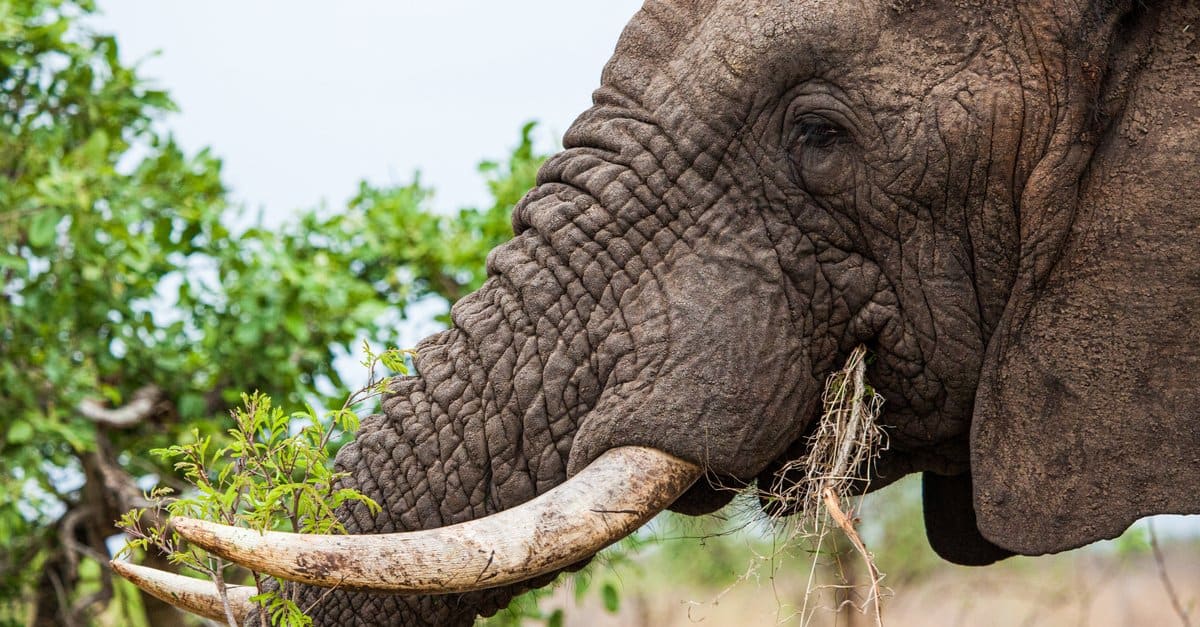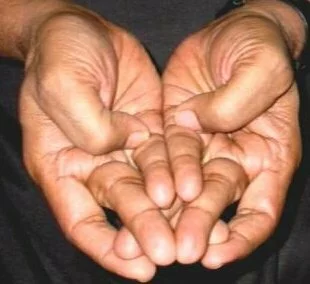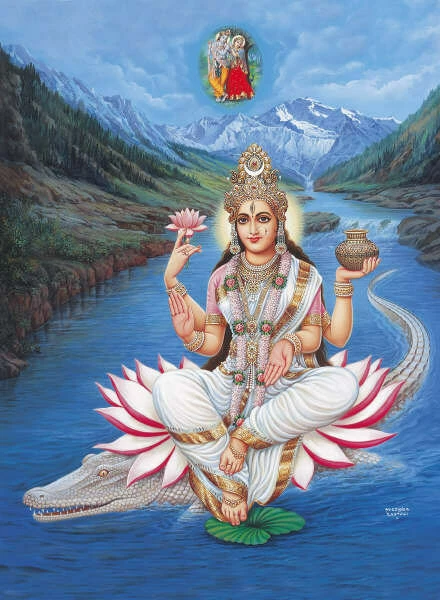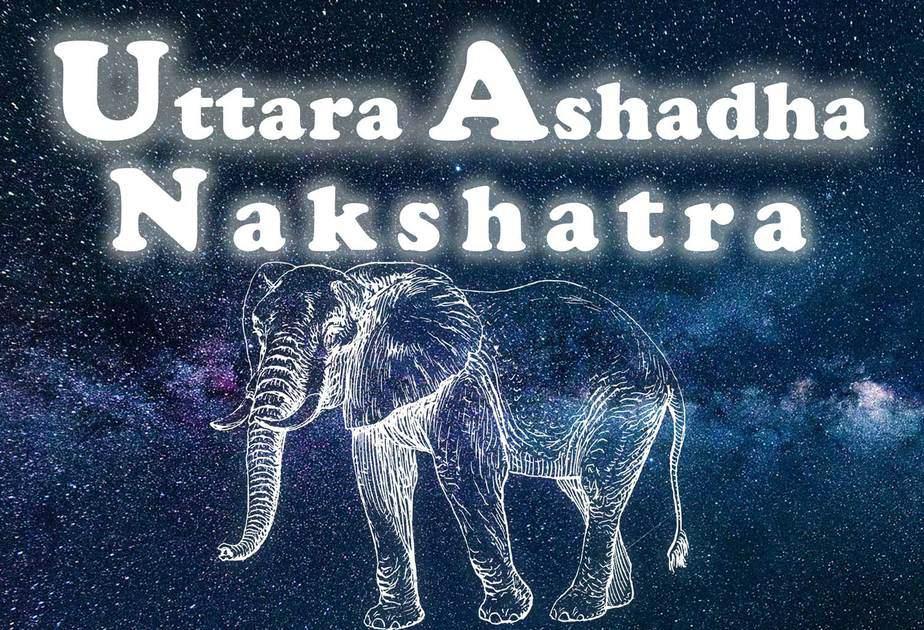#RgVeda and we want to be careful about whether this degrades everything:
93-94. (?) The Pitṛs named Ājyapās are the sons born of Pulaha who was born of Kardama, the Prajāpati. They reside in those worlds which can go wherever one desires. They move about in the sky in various forms and shapes. The groups of Vaiśyas who seek benefit worship these Pitṛs in Śrāddha.
Their mental daughter is well known by the name Virajā. She was the chaste wife of Nahuṣa and the mother of Yayāti.
The Pitṛs named Sukālas are the sons of the noble-souled Vasiṣṭha, son of Hiraṇyagarbha (Brahmā). The Śūdras worship them.
Those worlds where they stay in the #heaven are #Mānasa by name. Their mental daughter is Narmadā, the most excellent river.
She sanctifies the living beings as she proceeds along the Dakṣiṇāpatha (southern tract and territory). She was the #wife of #Purukutsa and the #mother of #Trasaddasyu.
It is after accepting these that Manu the lord of the Manvantara initiates the Śrāddha rites everywhere.
It's of course a little weird, hard to tell who is intended to be human. Maybe weirder to think of Arya kings as "wedded" to the southern #Narmada #River.
#Rudra is reborn in each of these #Manvantaras, and #Agni and the #Pitrs are the only thing that stays the same.
Individuals change names, classes change jobs, for example Sadhyas are now Adityas, everything else is a flux besides Agni and Pitrs.
So those are two branches that use his two wives, ##Svaha and Svadha, for the #ending of #mantras. They are his #power or, i. e. Svaha carries mantras to #Devas, Svadha to the Pitrs, Sraddha Rite, which upon examination is about #Time rather than #ancestors. Agni shows manifested units of time, the #day, #year, etc., whereas Pitrs are much like #Father-Time, duration in the abstract.
Most streams of Purana have dissipated all this, such as:
Sādhya (साध्य) refers to a group of deities that was once worshipped in ancient #Kashmir (Kaśmīra) according to the Nīlamatapurāṇa.—Various groups of the deities like #Ādityas, #Vasus, #Sādhyas, #Viśvedevas and #Maruts have their place in the #pantheon of the #Nīlamata but nothing significant is said about them.
Or they may be found shuffled in to #Shiva #Ganas that have nothing to do with this.
Where discussed, they may include:
Arthasiddhi
Brahmāṇḍa-purāṇa II. 24. 27; 38. 3.
and importantly:
Viṣṇu, Nārāyaṇa, lying in sleep in the vast mass of water.*
live in Bhuvarloka; Nārāyaṇa, their overlord
in the [Śatapatha-brāhmaṇa] their world is said to be above the sphere of the gods; according to Yāska [Nirukta, by Yāska xii, 41] their locality is the Bhuvarloka or middle region between the #earth and #sun;
in the later mythology they seem to be superseded by the Siddhas
The easily-copied rosters of Sadhyas are:
Manas, Mantṛ, Prāṇa, Nara, Pāna, Vinirbhaya, Naya, Daṃśa, Nārāyaṇa, Vṛṣa, Prabhu
Mana, Anumanta, Prāṇa, Nara, Apāna, Vīryavān, Vīti, Naya, Haya, Haṃsa, Nārāyaṇa, Vibhu, and Prabhu
The latter, from #Brihadaranyaka #Upanishad, is in the context that they take birth at will, consciously. The same group of entities changes names and kingdoms; the twelve #souls have #continuity. And so they remember that they once were, on the ideal or ideational plane:
Prāṇa, Apāna, Udāna, Samāna, Vyāna, Cakṣus, Śrotram, Rasa, Ghrāṇa, Sparśa, Buddhi and Manas.
There for example is #Mind's Eye, #Caksus, which is unlike #Indra, because #ordinary #vision requires a physical #eyeball and a #psychological response to stimulus, may be easily tricked. This is i#ncorporeal vision that represents #Perfect #Sight.
"Later #mythology" means the Sadhyas appear in #Mahabharata numerous times, but, barely have any references in Bhagavata Purana.
" #Narayana" is in #Rg-Veda as the author of Purusha Sukta. That's it
 elephant foraging for food
elephant foraging for food




